Archivist
Senior Member
In a discussion recently with someone quite knowledgeable about Toronto buildings, it came out that although he was aware of one of Toronto's early social housing projects, in Riverdale, he was unaware that there was a similar one in Rosedale. So I've decided to do a small photo montage of three reasonably well known housing projects, obviously quite similar. All three are in great shape today, are healthy community, and are listed on the Inventory so their future seems secure. The buldings from the teens (all of Riverdale Courts and the first building of Spruce Court) were designed by Eden Smith; later building at Spruce Court were designed were by Mathers and Haldenby. Ancroft Place was Shepard & Calvin.
1913 and 1926: Spruce Courts (Cabbagetown)
The original building of this complex was built in 1913 (the first social housing project in Canada, according to East/West), and others followed over a decade later.

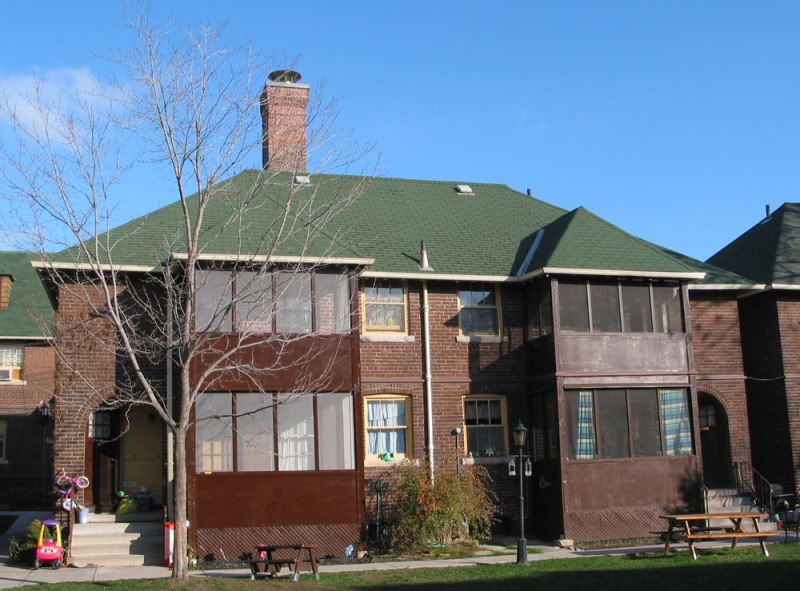

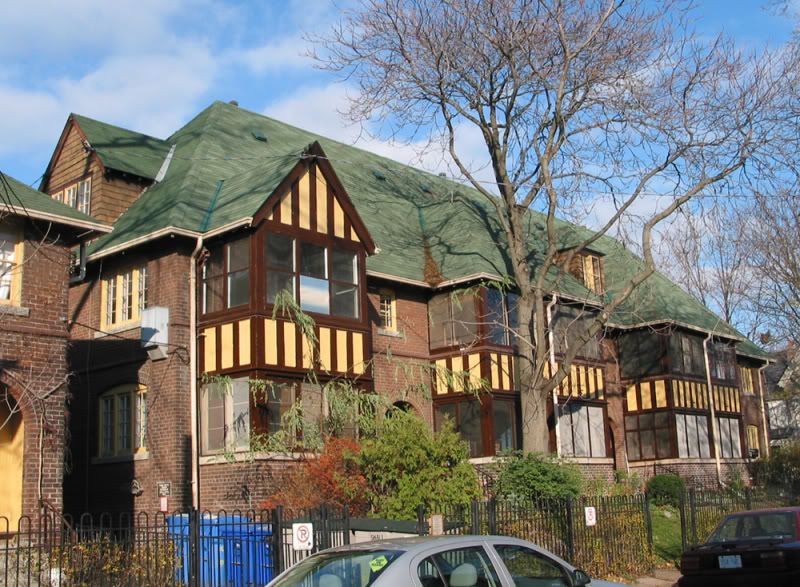
1914: Riverdale Courts (Riverdale)
This is by far the largest of the three complexes. The many buildings comprising the courts are charmingly named: Aberdeens, Lindens, Elms, Maples, Cedars. The complex is known now as the Bain Co-op.
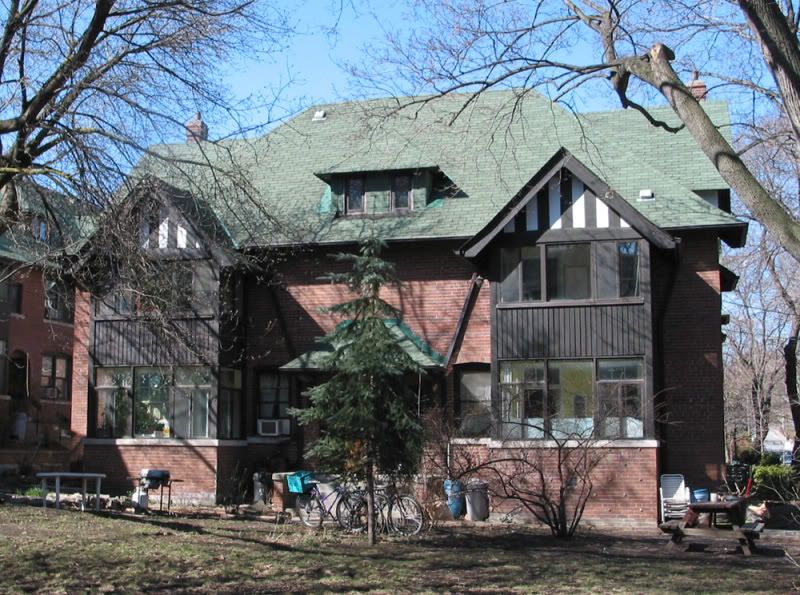
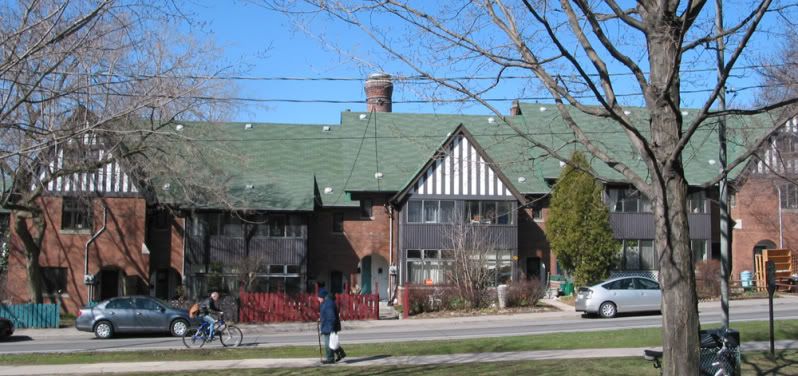
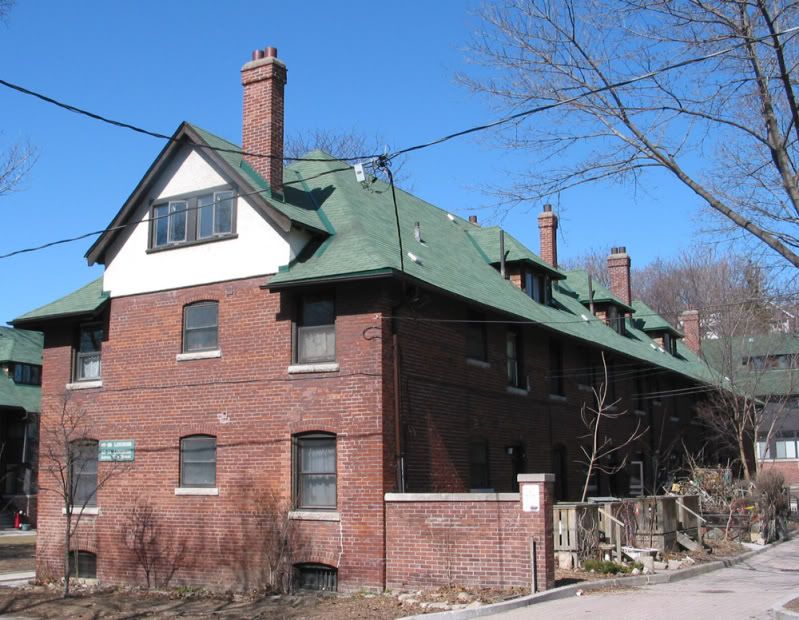
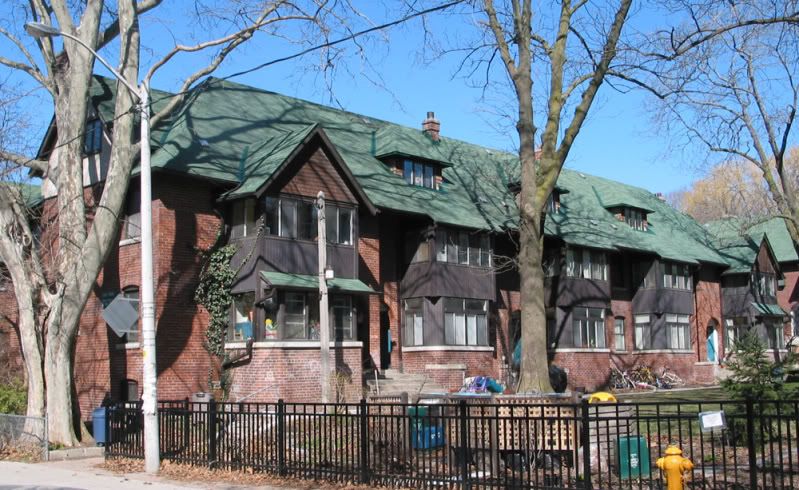
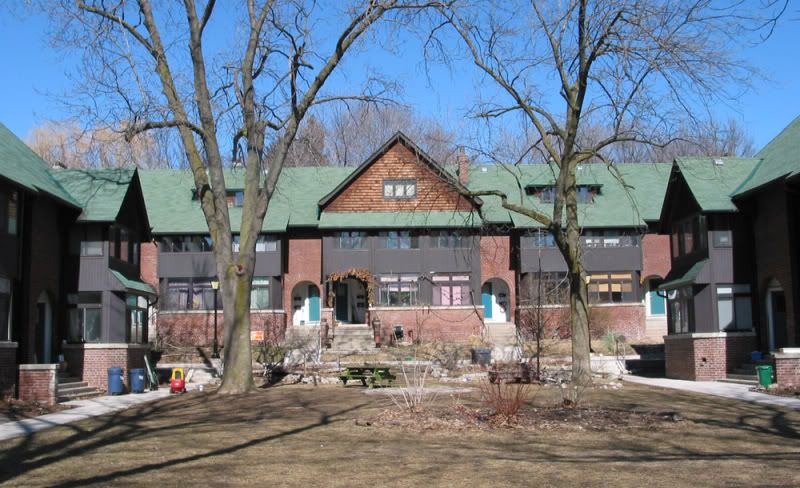
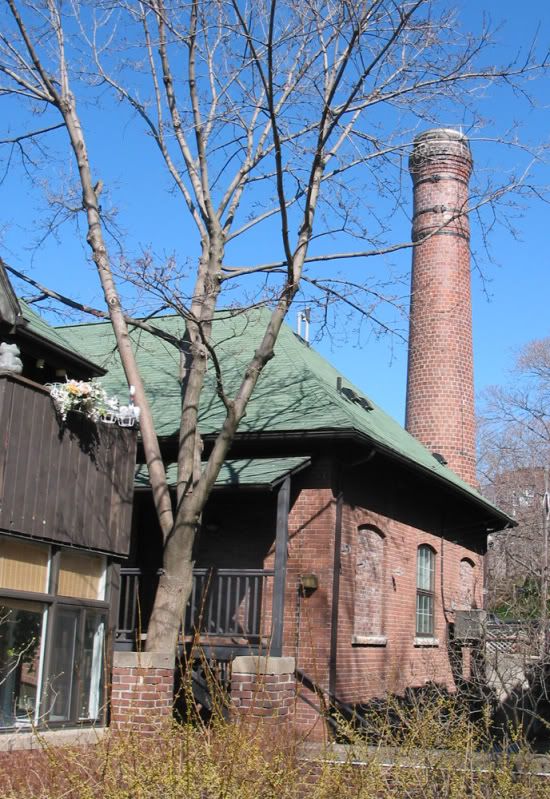
1927: Ancroft Place (Rosedale)
This complex has only three buildings, and is in a rather unobvious place, but equals the charm of the other two.
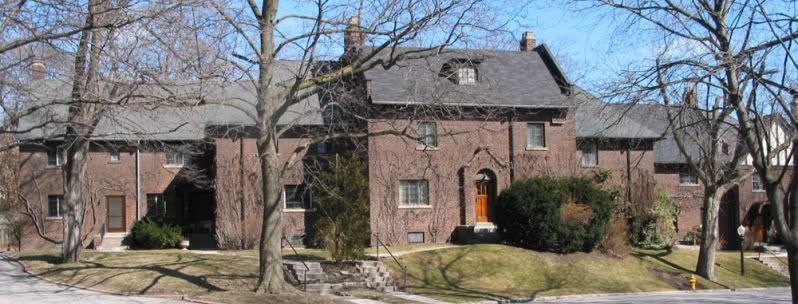

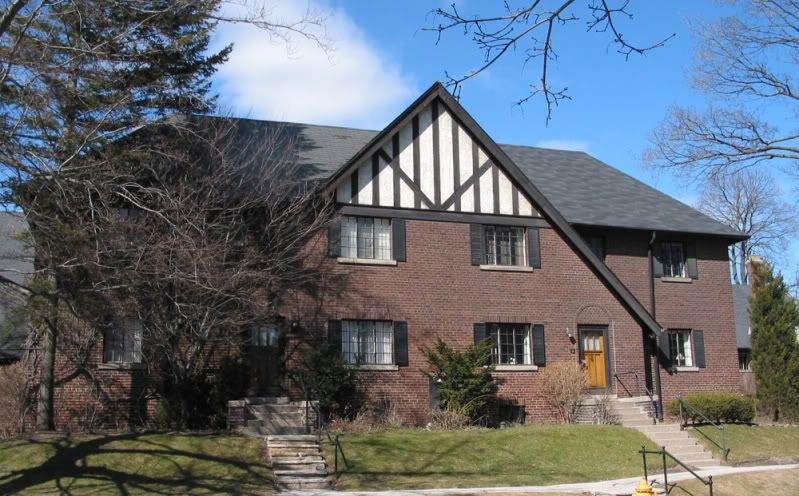
1913 and 1926: Spruce Courts (Cabbagetown)
The original building of this complex was built in 1913 (the first social housing project in Canada, according to East/West), and others followed over a decade later.




1914: Riverdale Courts (Riverdale)
This is by far the largest of the three complexes. The many buildings comprising the courts are charmingly named: Aberdeens, Lindens, Elms, Maples, Cedars. The complex is known now as the Bain Co-op.






1927: Ancroft Place (Rosedale)
This complex has only three buildings, and is in a rather unobvious place, but equals the charm of the other two.








